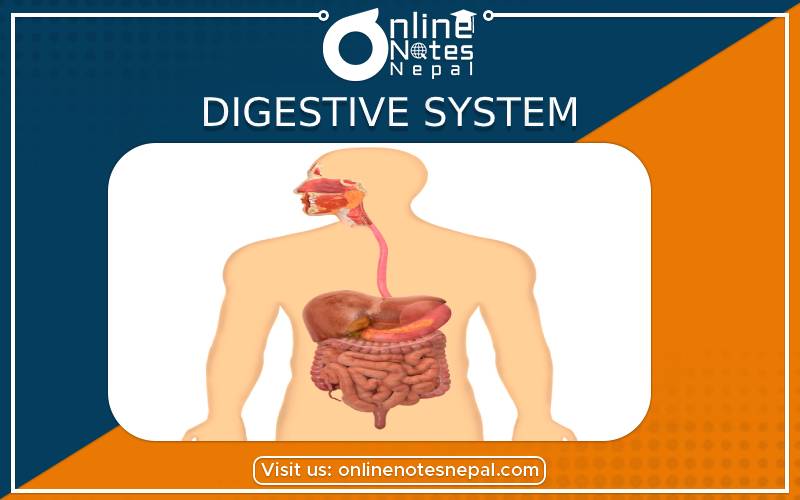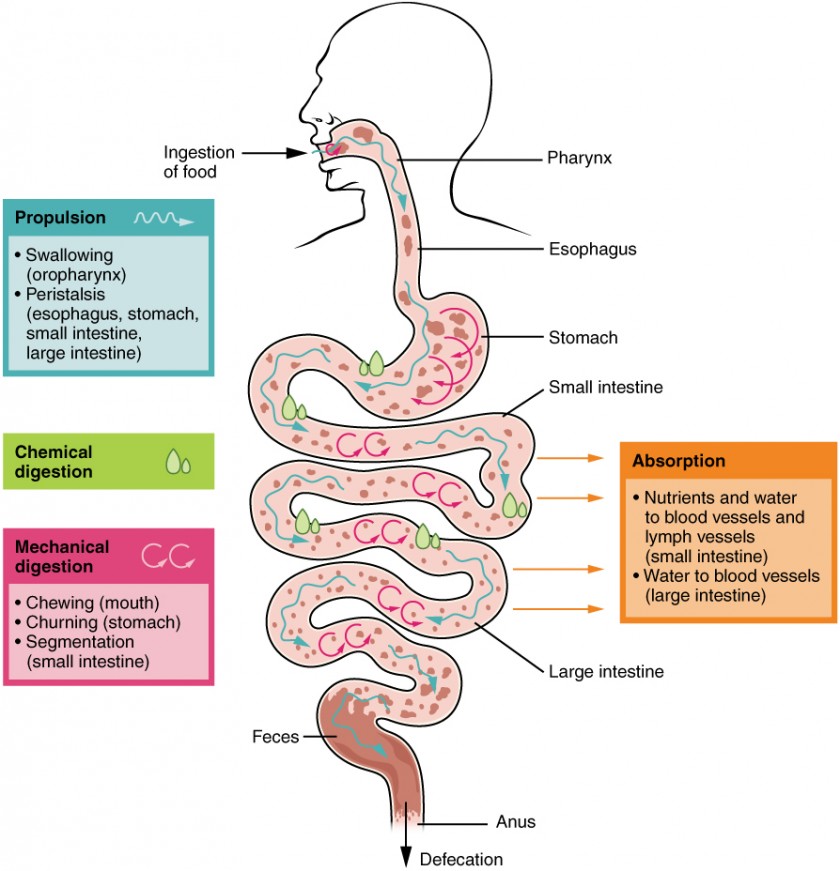Published by: Nuru
Published date: 23 Jan 2022

The human digestive system is the process of converting the food into essential nutrients that are absorbed into the body and eliminating the unused waste material. It is essential for the good health because if the digestive system shuts down, the body cannot be nourished itself of waste. The Digestive system contains organs associated with chewing, swallowing, absorbing and breaking down the food into smaller substances.
The Organs like mouth, oesophagus, stomach and intestines help to digest the food. It also makes them ready to be utilized by the cells of our body. The remaining food which is not required by the body is excreted in the form of urine, sweat, and stool through excretory organs. The digestive system is also the process of creating waste to be eliminated. It is made up of a series of muscles that coordinate the movement of food.
Similarly, other cells produceenzymes and hormones to aid in the breakdown of food. The three organs that are needed for digestion are the liver, gallbladder, and the pancreas. The salivary gland produces saliva, stomach delivers hydrochloric acid,etc. which help in the digestion process.
1. Mouth
The mouth is the beginning part of the digestion. The digestion starts here as soon as you take the first bite of a meal. Mouth contains several teeth which help to convert the food into fine pieces and makes easy in swallowing and digestion. Chewing breaks the food into pieces that are more easily digested. The saliva which is mixed with the food helps in the process of breaking it into a form. It makes suitable for our body to absorb and use. The tongue and the internal muscles of the mouth help to push the food into the pharynx.
2. Pharynx
The organ Pharynx participates in both digestive and respiratory system. It is a wide opening at the back of the mouth. It is the cavity where air passes from nose and food passes from mouth is pharynx. It is located at the back of our mouth and nose. This organ receives chewed food from mouth and passes to the oesophagus. Pharynx prevents the food from entering the wind pipe.
3. Oesophagus
The esophagus is a muscular tube extending from the pharynx to the stomach. It is also known as food pipe. It is a muscular and cylindrical involuntary organ. It is made of soft muscles which make the chewed food travel through it and reach the stomach.
4. Stomach
The stomach is a organ with strong muscular walls. It lies between the food pipe and the small intestine. Food is the consistency of a liquid or paste. The food moves to the small intestine from the stomach. The walls of the stomach contain several glands, acid, renin and pepsin to enhance digestion. The main function of the stomach is to store food.
5. Small intestine
The small intestine is made up of three segments. They are the duodenum, jejunum, and ileum. It is a long tube loosely coiled in the abdomen. It is also surrounded by the large intestine. The part of the small intestine which is connected with the stomach is called duodenum. The middle and final portions of small intestine are called jejunum and ileum respectively. The small intestine produces digestive juices known as intestinal juice. This juice contains the enzymes like amylase, maltase, lactase, aminopeptidase, lipase etc.
6. Large intestine
Large intestine follows after small intestine and finally meets the rectum. The length of large intestine is about 1.5 meter. The large intestine can be divided into six main parts. They are caecum known as ascending colon, transverse colon, descending colon, sigmoid, and rectum. The Large intestine is much larger in diameter than the small intestine. The beginning part of the large intestine is called caecum. The foods which cannot be further digested will be passed into large intestine from the small intestine. Similarly, the last wider and elastic part of the large intestine is called rectum.
7. Anus
TheAnus is the terminal part of analimentary canal. It is the last part of the digestive tract. It consists of the muscles that line the pelvis and two other muscles called anal sphincters (internal and external).The undigested and left over solid waste (stool) gets collected in the rectum. When the stool gets filled in the rectum, it is passed out through Anus.
Digestion is the process of turning the food we eat into nutrients. Digestion is the process of breaking down of complex food into simpler forms which can be absorbed by the body cells. The digestion of food starts with chewing of the food by our teeth into small particles.
The foods get mixed with saliva which lubricates the food. The food is pushed into the food pipe through the pharynx. Through the food pipe, food enters stomach from where the food slowly moves into the small intestine.The semi-digested food then passes toward the jejunum and ileum of the small intestine.
A large number of glands are present in these parts of the small intestine which secrete intestinal juice. The digestion of food is completed in the small intestine. Then the digested food is absorbed by the villi. The remaining part of the food is pushed toward the large intestine. The large intestine absorbs the excess of water from the food and turns it into semi-solid form. The undigested and waste for of food gets collected in the rectum and is passed out from the anus. The process of digestion starts with the mouth and ends with the anus.
